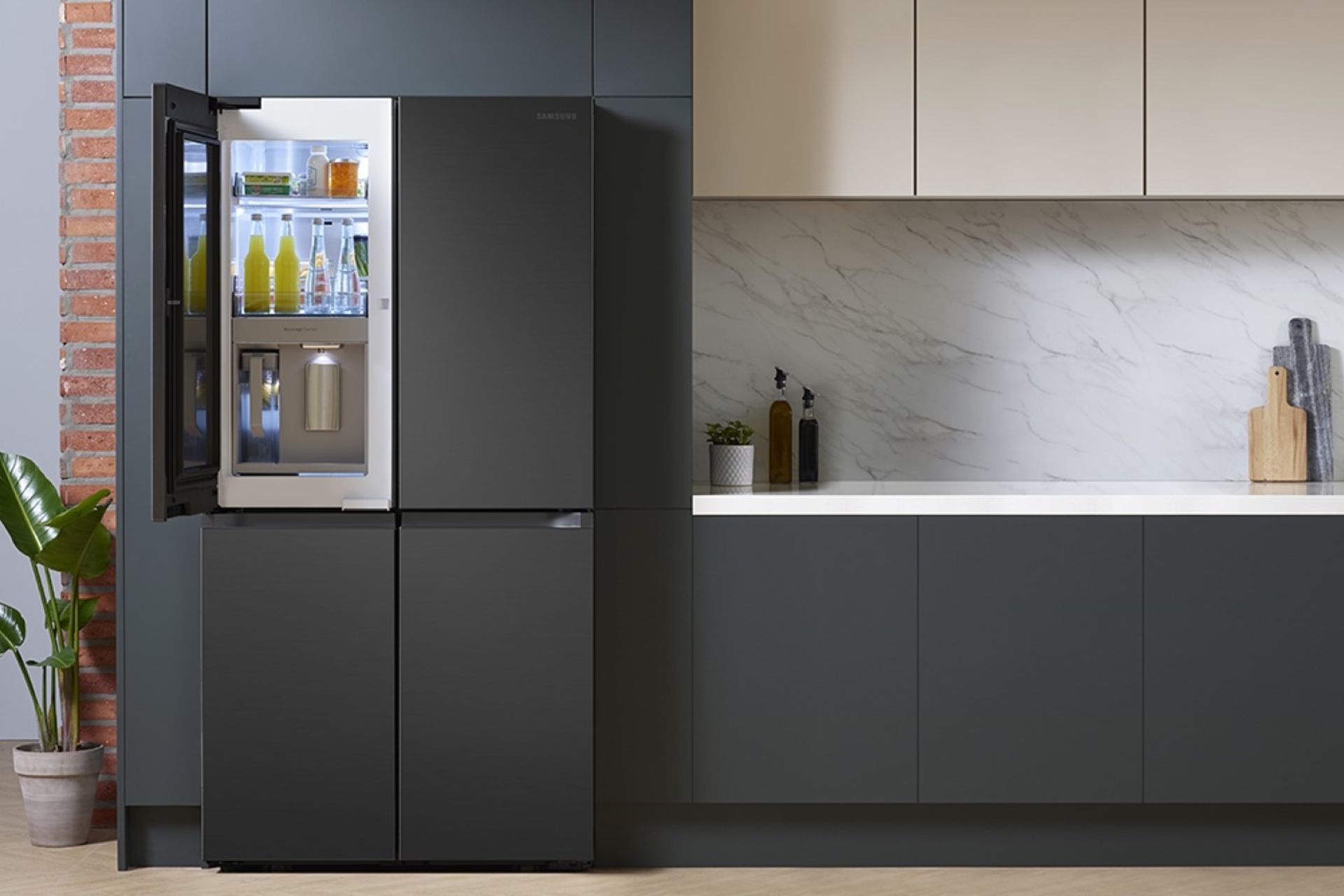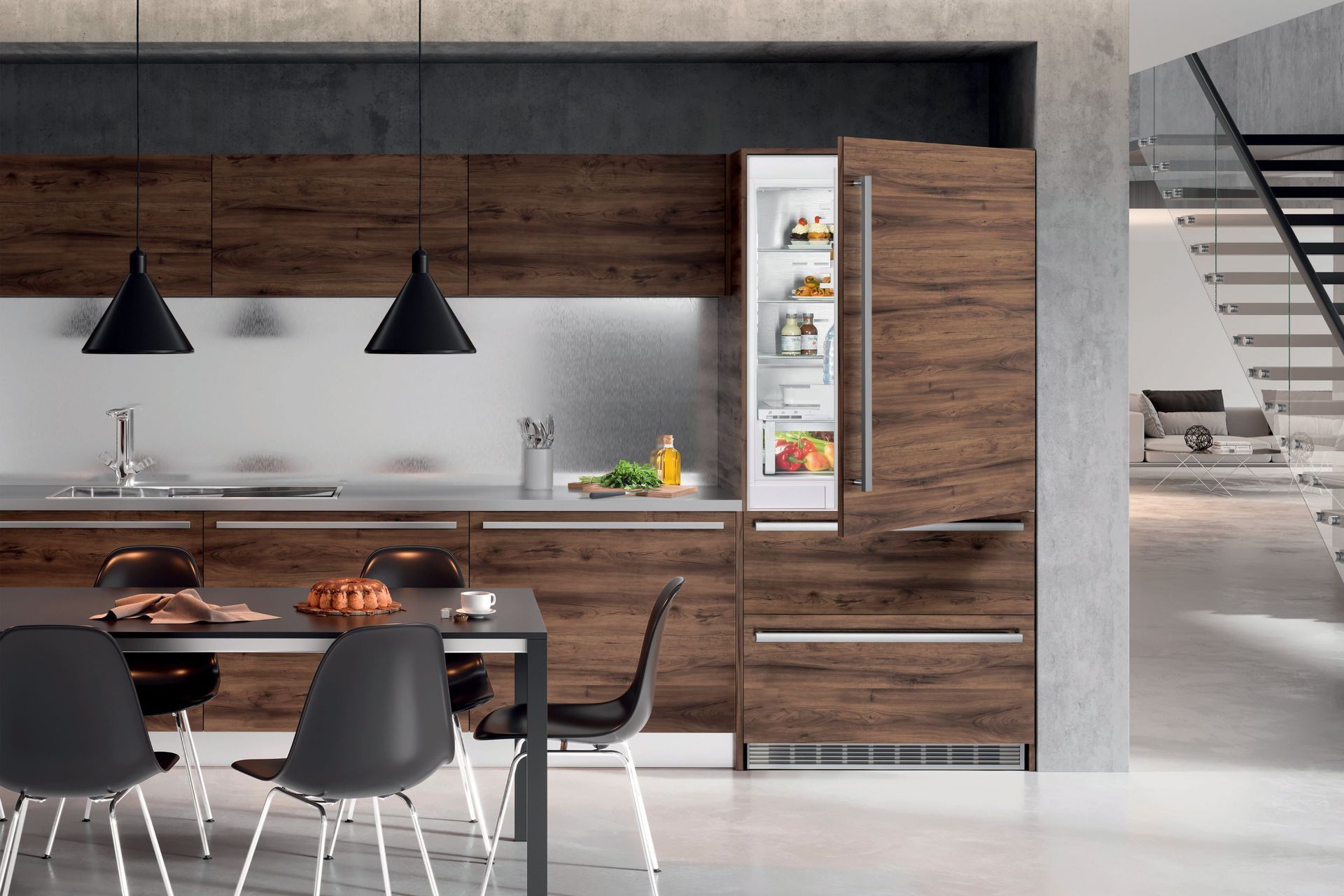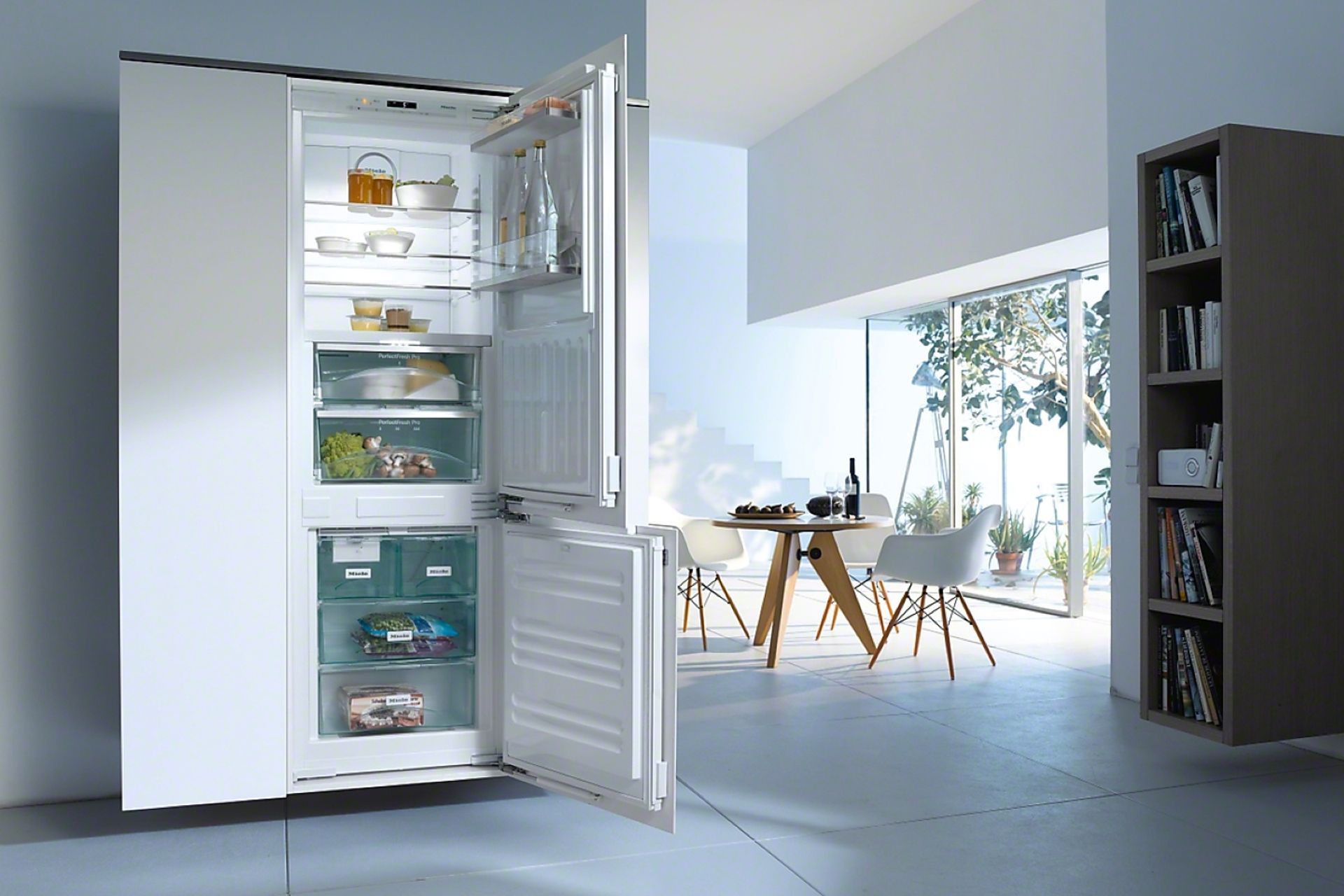The true cost of buying a fridge in New Zealand
Written by
27 May 2024
•
7 min read

Fridges are big-ticket kitchen appliances that you'll probably only buy a handful of times during your life so you want to be sure you get it right when you do. Cost is a big factor in your decision but goes beyond that of the price paid at the point of sale. It’s also about a fridge’s power consumption and energy efficiency, ongoing maintenance requirements, longevity and more. This guide addresses all these key factors and more so you can plan and budget accordingly.
The price of a fridge in New Zealand
The purchase price of a fridge in New Zealand can vary widely with options starting from around $500 for a small, entry-level top mount fridge to over $8,000 for a large, premium French door fridge with the latest features.
On average, most people will probably spend around $1,500 - $2,500 for a fridge in New Zealand with plenty of options to choose from in this range.
Factors that influence the purchase price
There are several factors that influence the price of a fridge and it's good to get an understanding of these as you can then prioritise what’s important to you based on the relative cost of each.
The type of fridge
The type of fridge has a huge bearing on its price and is arguably the most significant factor as it influences the size, technology used and functionality of the fridge. The price range you can expect to find for each type of fridge is approximately as follows:
Top mount fridge: Top mount fridges have a freezer compartment at the top and are usually the most affordable type available in New Zealand. You can find these for about $500 - $1,500.
Bottom mount fridge: Bottom mount fridges have a freezer at the bottom and are the most common type of fridge in New Zealand homes. These can be comparatively larger than top mount fridges and can also offer more features like water dispensers so tend to have a higher price range, typically between $800 - $2,500.
Side-by-side fridge: Side-by-side fridges have two doors that open from the middle with one side as the dedicated fridge and the other as the freezer. They are much larger as a result, at least 540L at a starting point, and regularly boast additional features like water and ice dispensers. They will cost you anywhere from $1,500 - $3,500.
French door fridge: French door fridges also have two doors that open from the middle, however, the difference is that the top compartment is the dedicated fridge and the bottom compartment is the freezer. They are usually the most expensive fridges you can buy in New Zealand, equipped with the latest features with things like LCD touchscreens and smart technology. They start from around $1,500 and can exceed $8,000.
The size of the fridge
As touched on in the previous section, the size of a fridge directly impacts the price of a fridge in most situations. For example, a standard-size fridge up to around 500L will mean you'll probably be looking at a top or bottom-mount fridge with pricing from about $500 - $2,500.
For larger fridges, between 500L - 800L, you'll generally need a side-by-side or French door fridge with a price range of between $1,500 - $8,000. As you can see, this is potentially quite a big difference so it pays to really think about what size fridge you really need to make sure you don’t pay for space that you don’t need.
Features and design
To state the obvious, the more modern features a fridge has and the better quality materials used in the design, the more expensive it will be. Some of these features are all about convenience, like water and ice dispensers and flexible storage solutions.
Others relate to improved efficiency like inverter compressors that automatically adjust for cooling demands and multi air-flow systems that circulate airflow through multiple vents for consistent temperatures. These features can cost you more initially but often pay for themselves in the long term.
On top of this, you have technological features like LCD touchscreens and smart connectivity with app integration to give you remote monitoring and control. Some also have voice control that is compatible with voice assistants like Google Assistant adding a new dimension of functionality.
Last, but not least, the quality of materials used in the build of the fridge can be quite different from entry-level to premium. Finishes that will usually cost you more include matte black, stainless steel, and black stainless steel. You'll also find some with integrated glass doors and panel ready doors which allow you to match your cabinetry.
The cost of running a fridge
While the purchase price of a fridge will be what takes most of your attention, you should also think about the approximate running costs too. As a large kitchen appliance that continually runs throughout the year, the power consumption can be fairly substantial.
Helpful measures to look at to understand the potential running cost of a fridge are its Energy Star Rating and estimated annual energy consumption. The Energy Star Rating is measured on a six or 10 star scale (the more stars, the more energy efficient) and displays the annual energy consumption in kWh per year.
Using the energy consumption figure, you can then estimate the total electricity cost of the appliance per year by multiplying that against your local electricity rate per kWh.
For example, using the national average of 33.61c per kWh as determined by Canstar Blue in 2024, the running cost of a fridge with an energy consumption of 400kWh per year would be:
400kWh per year x $0.3361 per kWh = $134.44 electricity cost per year
You can quickly see how much this figure is influenced by the energy consumption figure over a year — even more so over a fridge's lifespan which can be anything between 10 - 20 years. Fridges with energy-saving features can therefore be quite valuable when viewed in this way.
Additional costs and other factors to consider
There are several other long-term factors to take into consideration to get a full idea of the costs and make an informed decision.
Lifespan and warranty
The probable lifespan of a fridge is crucial when it comes to its long-term cost to you. As with any product, the longer it lasts and operates as it should, the better the return on investment. For example, a high-quality fridge may have a higher purchase price but if it lasts twice as long as a cheaper alternative, it will cost you less overall so long as it’s not twice as expensive. The length of warranty given by the manufacturer, usually between 1 - 5 years, can be a good point of difference to give you confidence about its longevity.
Maintenance and repairs
Knowing what repairs will be required can be a hard thing to establish but prioritising quality products from well-established brands is always recommended. With respect to ongoing maintenance, it's a little easier to find this information for each product — an important step to do so you know what you're committing to in terms of time and cost. Whether it's a bit of regular vacuuming around the coils or knowing when you’ll need to replace seals and filters, understanding these factors will reduce the chance of anything unexpected.
Understanding the full cost of buying a fridge
Having covered the main factors influencing the cost of a fridge, you're now much better placed to plan your budget accordingly knowing exactly what you will get for your money. If your budget is tight, be sure to prioritise things that are essential and think about it as an investment rather than a standalone purchase.
Related article: Must-have appliances to furnish a modern kitchen in New Zealand




